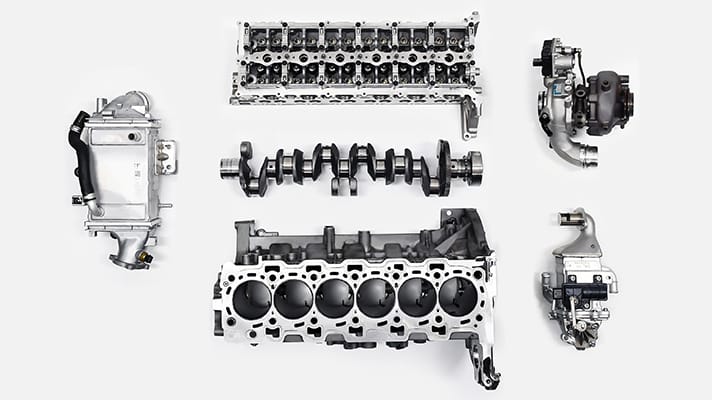open menu
- Home>
- Discover kia>
- ASK>
- What Is a Head Gasket in a Car?
What Is a Head Gasket in a Car?
“A head gasket serves as a seal between the engine block and cylinder head, preventing engine fluid leaks and pressure losses.”

Situated between these two engine parts, the head gasket is designed to seal the internal combustion process and keep any fluids from leaking and mixing. The head gasket plays a crucial role in sealing the engine’s combustion chamber so that your car can build the appropriate compression that is needed to maintain your engine power. It also keeps coolant or oil from leaking anywhere else, preventing your engine from overheating and catching fire.
The head gasket ensures the compression generated by the ignition of the air-fuel mixture remains inside the combustion chamber. This allows your engine to operate correctly, thus creating enough power for the car to push forward. Additionally, the head gasket keeps coolant or engine oil from leaking into the cylinders so that your engine runs properly and doesn’t overheat.
Accurate operation of your engine requires that these two fluids don’t leak or mix at the juncture of your cylinder head and engine block. As a seal between these two main engine parts, the head gasket stops the leaks and maintains the pressure.
The symptoms of a blown head gasket are usually not so obvious, so it can be hard to know at first. Here are the most common signs that your head gasket is broken.
White Smoke
White smoke from the exhaust pipe is a warning sign of a blown head gasket. White smoke indicates that coolant leaked out into the combustion chamber. If you see blue smoke from the exhaust pipe, it suggests that oil has entered the combustion chamber.
Overheating
Overheating is one of the indicators that your head gasket may have failed. It is usually caused by a lack of coolant or an oil leakage into your coolant system. When any of these two happened, it slows your engine’s ability to cool off, thereby causing overheating and blowing a head gasket.
Discolored Oil
Discolored engine oil is one of the most subtle symptoms of a broken head gasket. Your head gasket has the job of sealing in the coolant and oil, so if it stops working, it can lead to your coolant and oil mixing. If you see milky coloration in the oil, that indicates coolant mixing with the oil.




















